
views
How Many Calories Does a Dog Need?
Calories play a crucial role in maintaining your dog’s energy levels, overall health, and vitality. Understanding the caloric needs of your furry friend is essential for their well-being. But how many calories does a dog actually need to stay active and healthy? Let's break it down.
The Importance of Calories
Calories are a measure of the energy content in food. Just like humans, dogs require a certain number of calories to fuel their daily activities, maintain bodily functions, and support growth and development. However, the caloric needs of dogs can vary widely based on several factors, including age, size, activity level, breed, and overall health.
Factors Affecting Caloric Needs
-
Age: Puppies and young dogs typically require more calories than adult dogs because they are growing and developing. Senior dogs, on the other hand, may need fewer calories due to decreased activity levels and slower metabolism.
-
Size: Larger dogs generally need more calories than smaller dogs. A Great Dane, for example, will require more calories than a Chihuahua.
-
Activity Level: Active dogs, such as working dogs or those that participate in regular exercise or sports, need more calories to sustain their energy levels. Sedentary dogs require fewer calories.
-
Breed: Different breeds have different metabolic rates. Some breeds, like Greyhounds, have higher metabolisms and may require more calories, while others, like Bulldogs, have lower metabolisms.
-
Health: Dogs with certain health conditions or those recovering from illness or surgery may have different caloric needs. For example, dogs with hypothyroidism may require fewer calories, while those with hyperthyroidism may need more.
Calculating Your Dog’s Caloric Needs
To estimate your dog’s caloric needs, you can use the following steps:
-
Determine Resting Energy Requirement (RER): The RER is the number of calories a dog needs at rest to maintain basic bodily functions. The formula to calculate RER is: $RER = 70 \times (Body Weight in kg^{0.75})$
For example, if your dog weighs 10 kg, the RER would be: $RER = 70 \times (10^{0.75}) ≈ 400$ calories/day
-
Calculate Daily Energy Requirement (DER): The DER takes into account your dog’s activity level and other factors. You can use the following multipliers based on your dog’s activity level:
-
Inactive/Obese-Prone: RER \times 1.2-1.4
-
Neutered Adult: RER \times 1.4-1.6
-
Intact Adult: RER \times 1.6-1.8
-
Active/Working Dogs: RER \times 2-5
-
Puppies: RER \times 2-3 (depending on age and breed)
For instance, if you have a neutered adult dog with an RER of 400 calories/day, the DER would be: $DER = RER \times 1.4 ≈ 560$ calories/day
-
Monitoring Your Dog’s Weight
Regularly monitoring your dog’s weight is crucial to ensure they are receiving the appropriate number of calories. Here are some tips to help you keep track:
-
Weigh Your Dog Regularly: Weigh your dog every few weeks or monthly to track any changes in their weight. This will help you adjust their caloric intake if needed.
-
Assess Body Condition: Use a body condition score (BCS) chart to assess your dog’s body condition. A BCS chart ranges from 1 to 9, with 1 being emaciated and 9 being obese. Aim for a BCS of 4-5, which indicates a healthy weight.
-
Adjust Caloric Intake: If your dog is gaining or losing weight, adjust their caloric intake accordingly. Reduce or increase their food portions to help them reach and maintain a healthy weight.
Choosing the Right Dog Food
Selecting the right dog food is essential for meeting your dog's caloric needs. Here are some factors to consider:
-
Nutritional Content: Choose a dog food that provides a balanced diet with the right mix of proteins, fats, carbohydrates, vitamins, and minerals. Look for foods labeled as "complete and balanced" by a reputable organization, such as the Association of American Feed Control Officials (AAFCO).
-
Caloric Density: Check the label for the caloric content of the food. This information is usually listed as kilocalories (kcal) per cup or per kilogram. Use this information to determine the appropriate portion size for your dog.
-
Life Stage: Select a food that is appropriate for your dog’s life stage (puppy, adult, senior). Each life stage has different nutritional requirements.
-
Special Dietary Needs: If your dog has specific health conditions or dietary needs, choose a food that caters to those requirements. For example, there are dog foods designed for weight management, sensitive stomachs, and other health issues.
Treats and Supplements
While treats and supplements can be a fun and beneficial addition to your dog's diet, it's important to consider their caloric content. Treats should make up no more than 10% of your dog's daily caloric intake. Opt for low-calorie treats and consider using healthy alternatives like baby carrots or apple slices.
Final Thoughts
Understanding your dog’s caloric needs is essential for maintaining their health and well-being. By considering factors such as age, size, activity level, breed, and overall health, you can estimate the appropriate number of calories your dog requires. Regular monitoring and adjustments to their diet, along with choosing the right dog food, will help ensure your furry friend stays healthy and active.
Always consult with your veterinarian before making any significant changes to your dog's diet. They can provide personalized recommendations based on your dog's specific needs and health conditions. By staying informed and proactive, you can ensure your dog lives a long, happy, and healthy life. 🐾












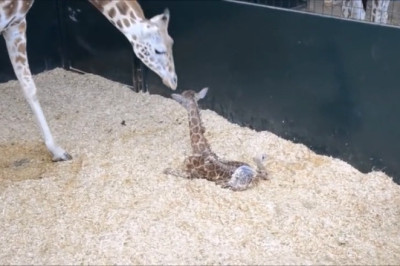
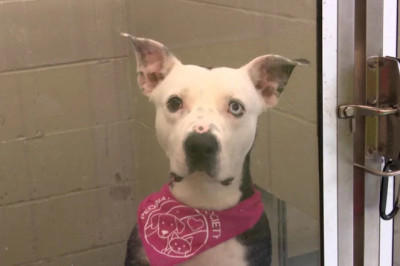
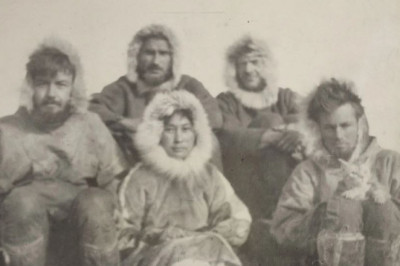



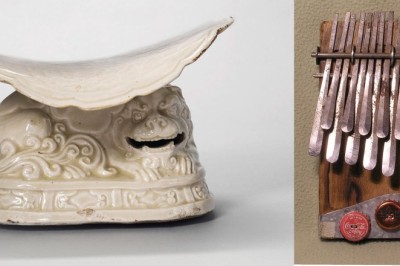
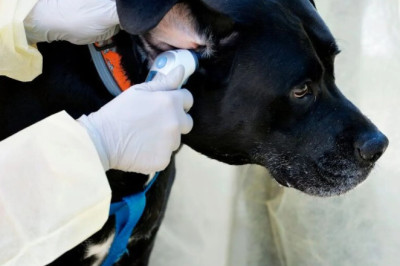
Comments
0 comment